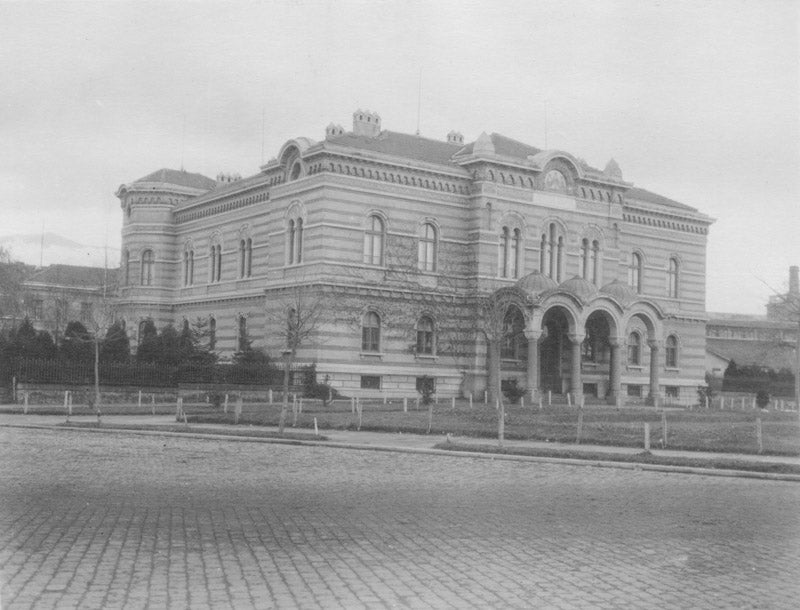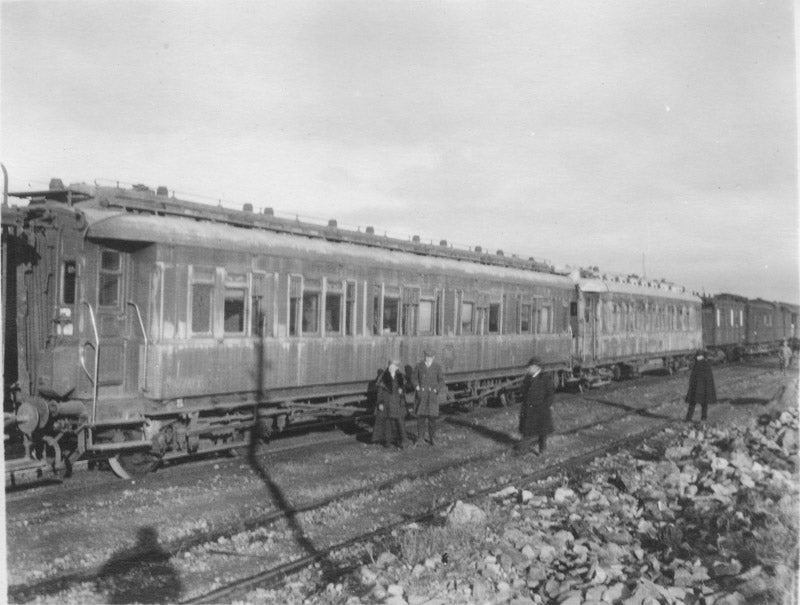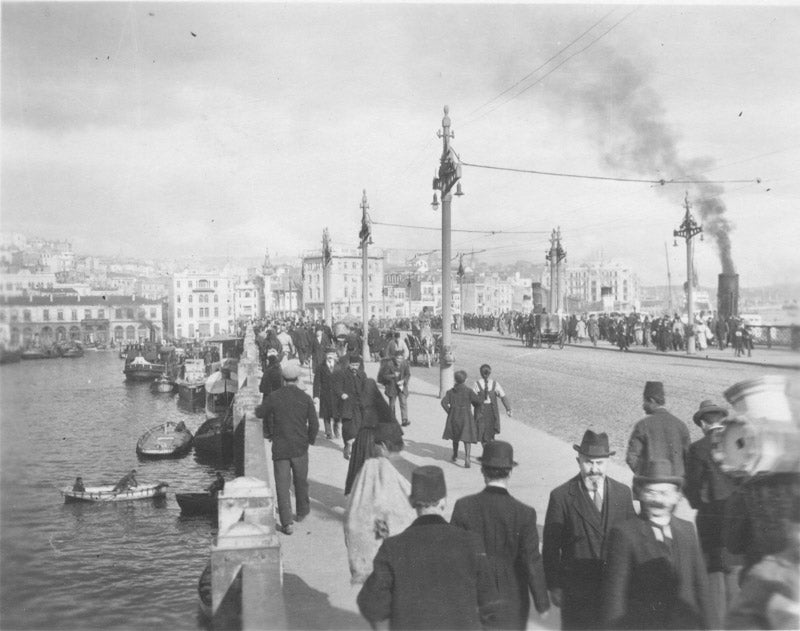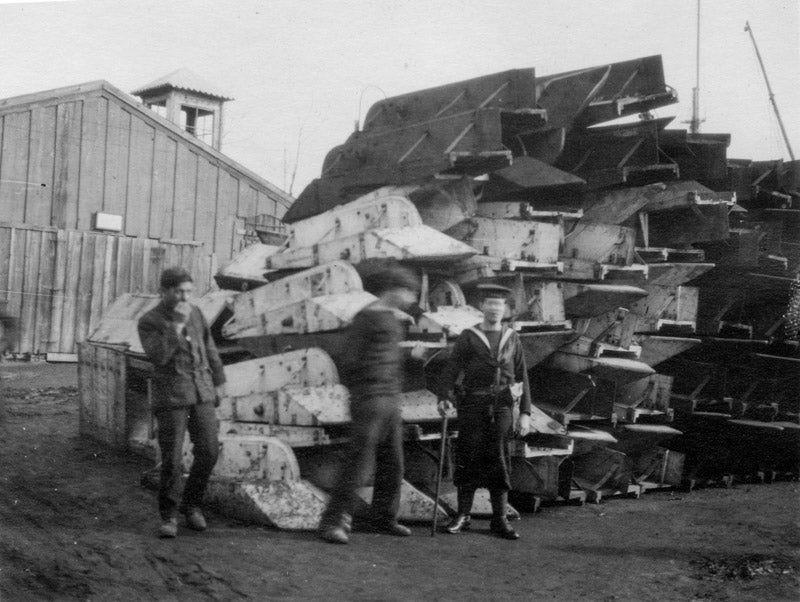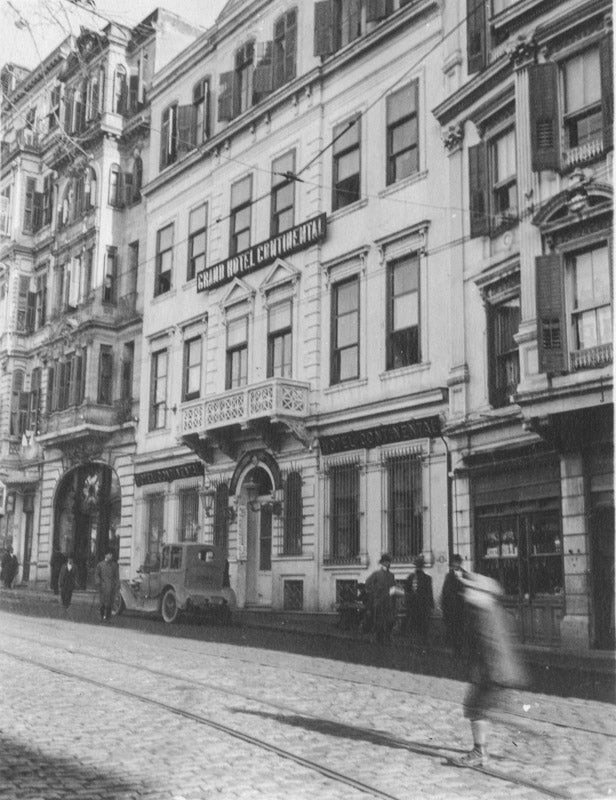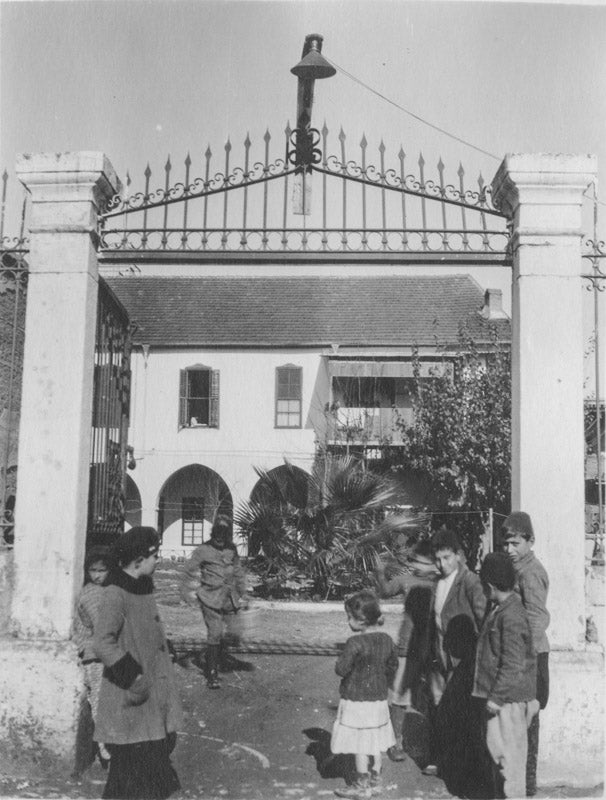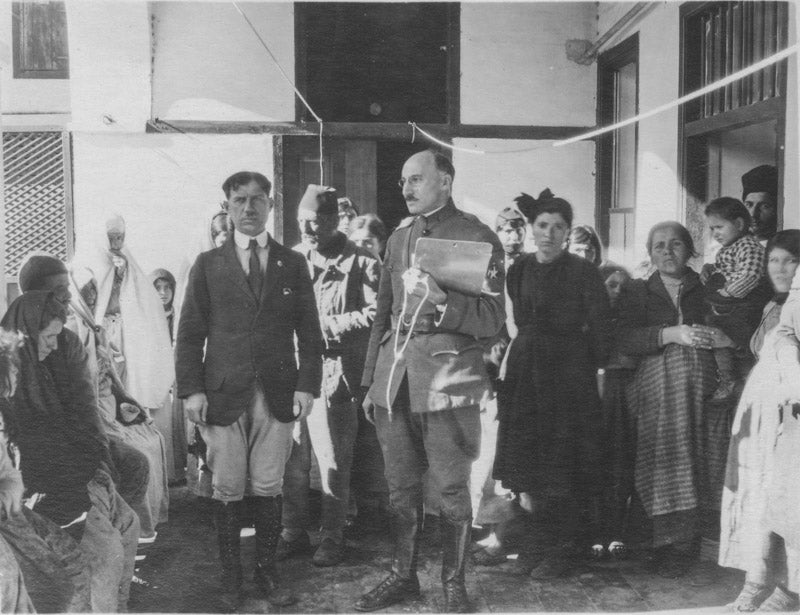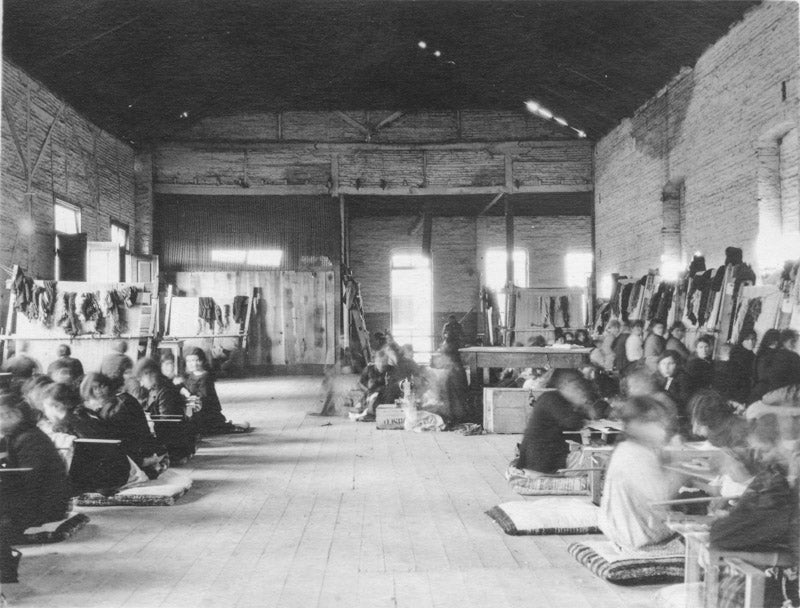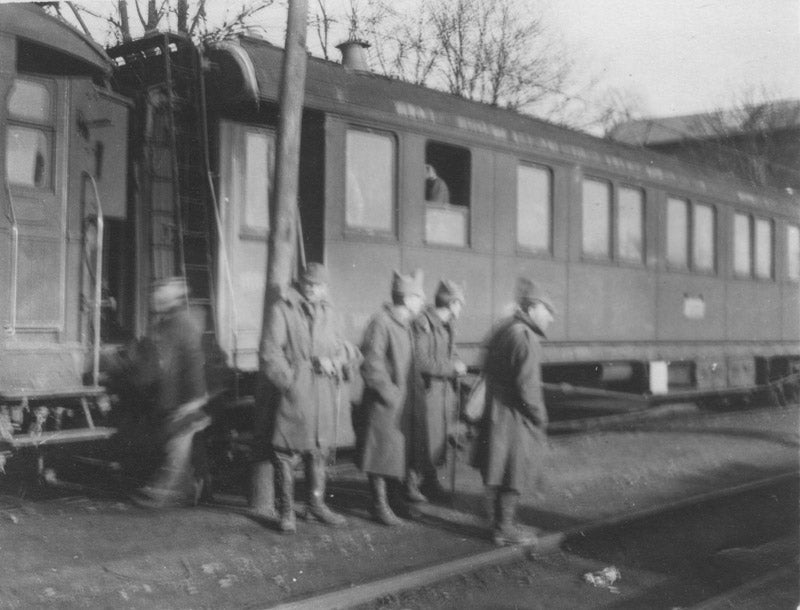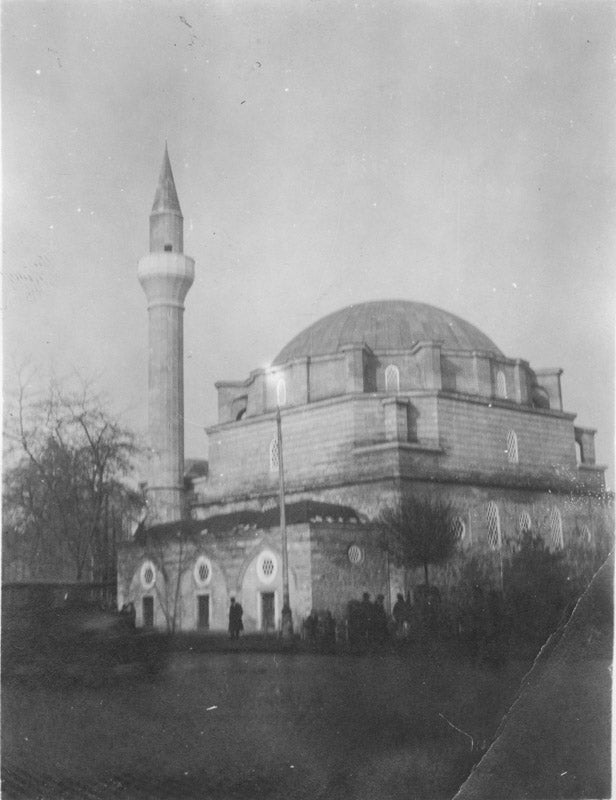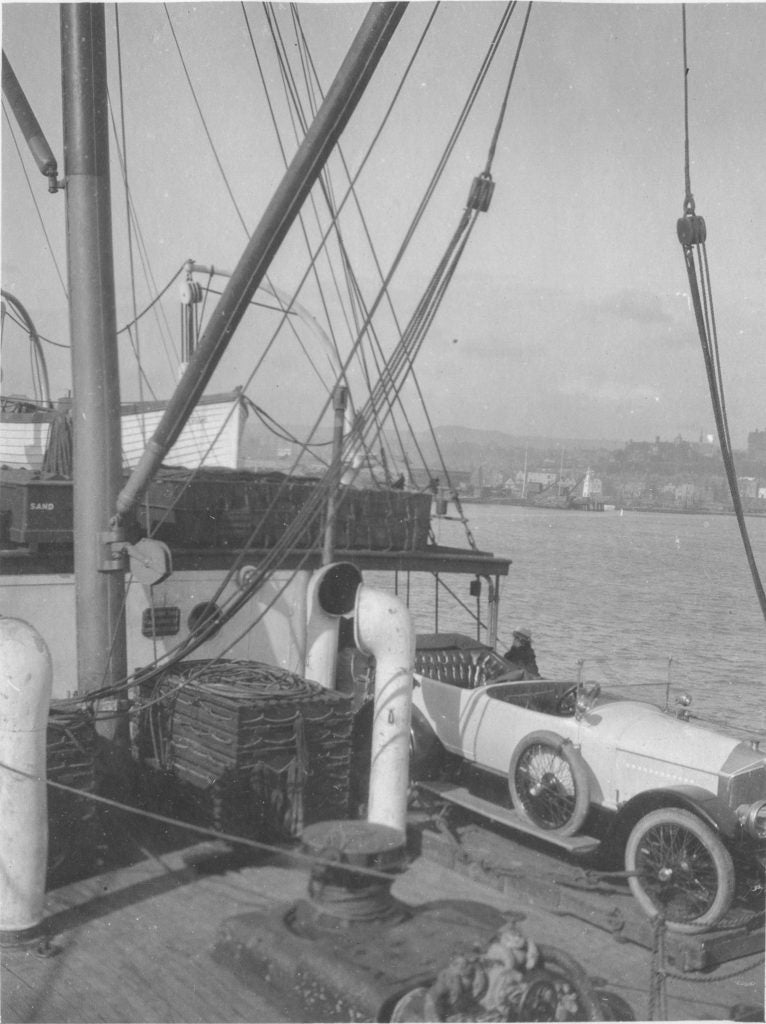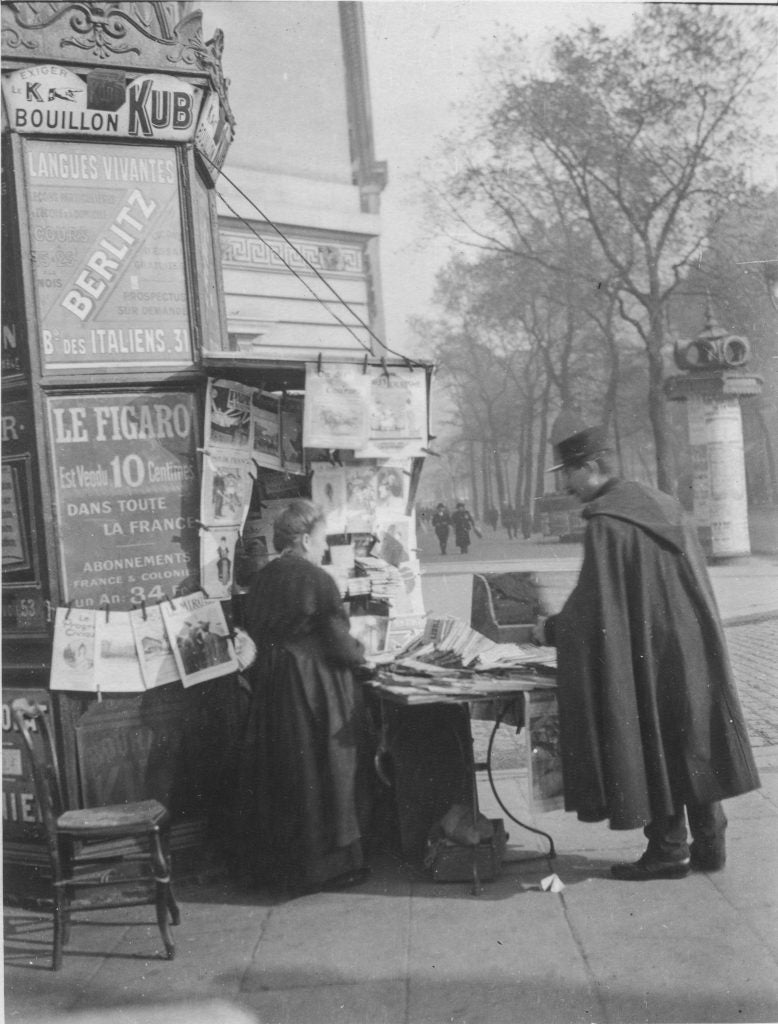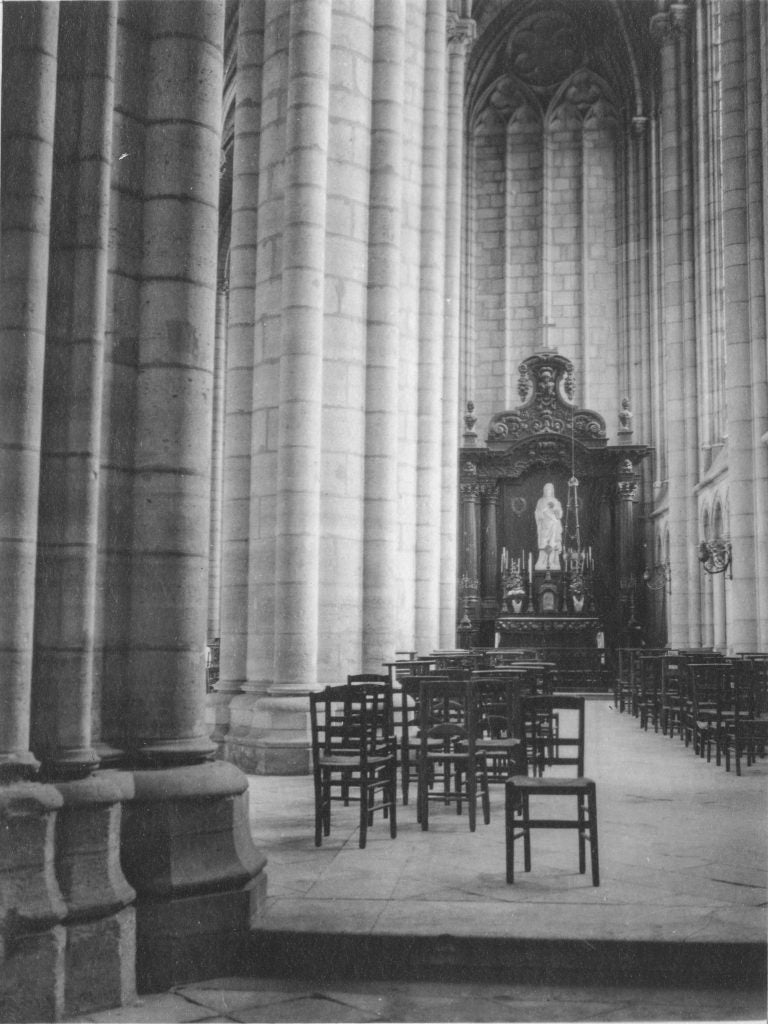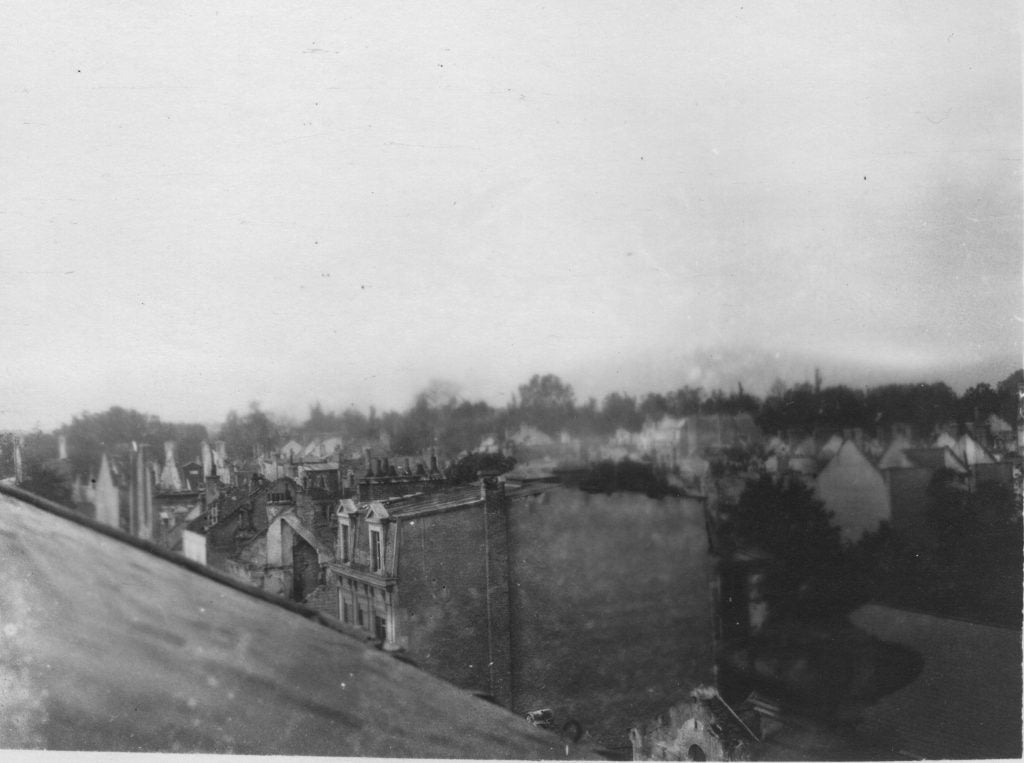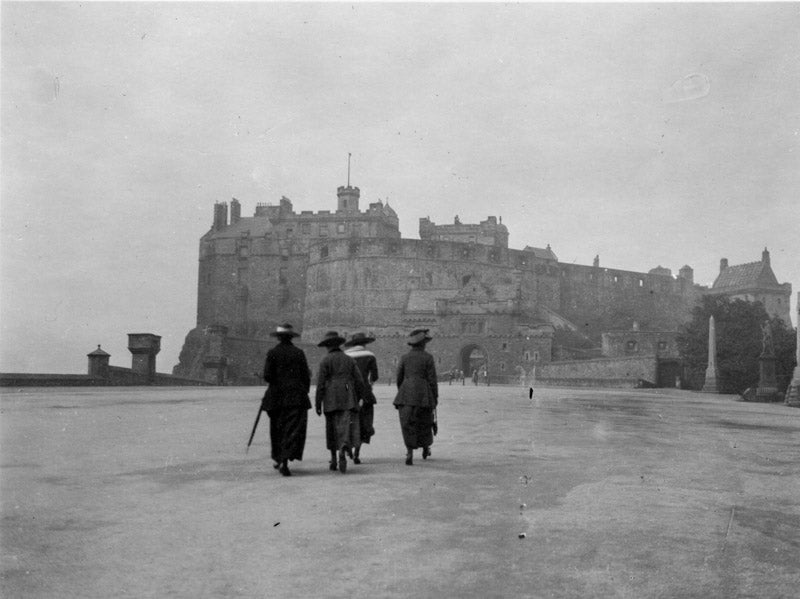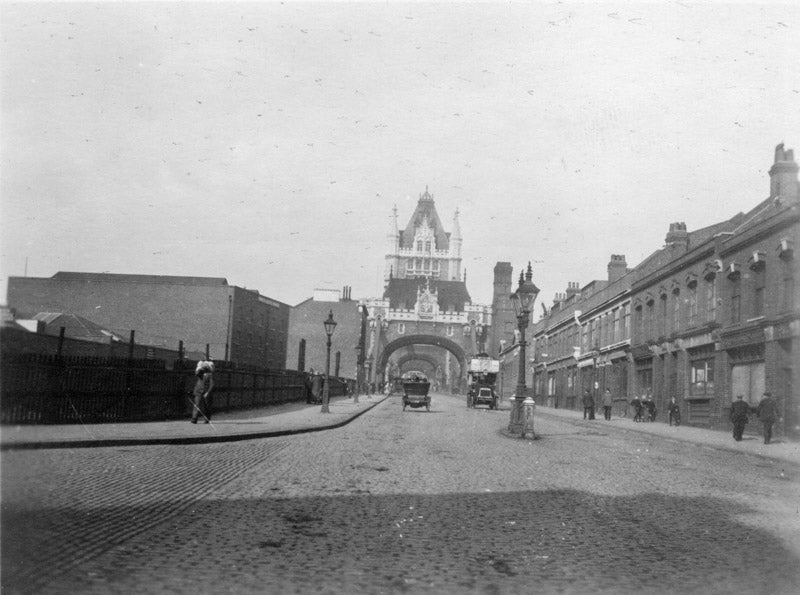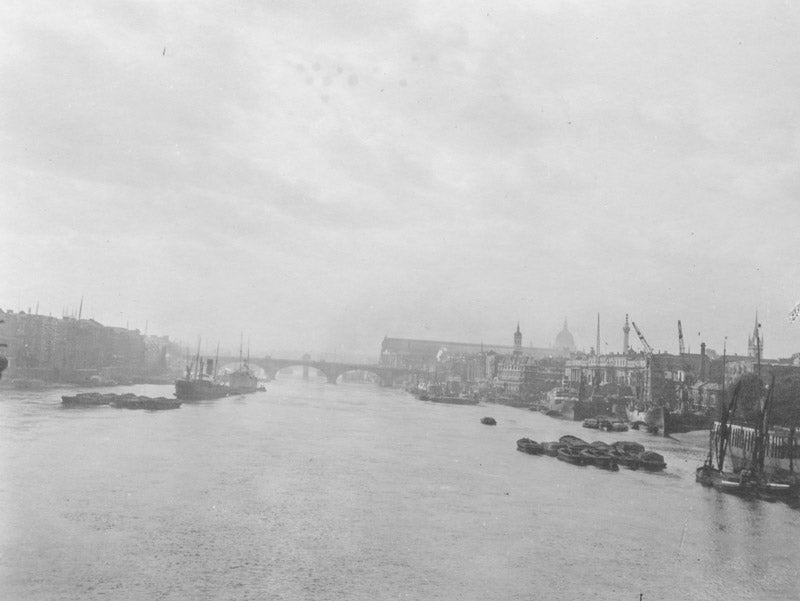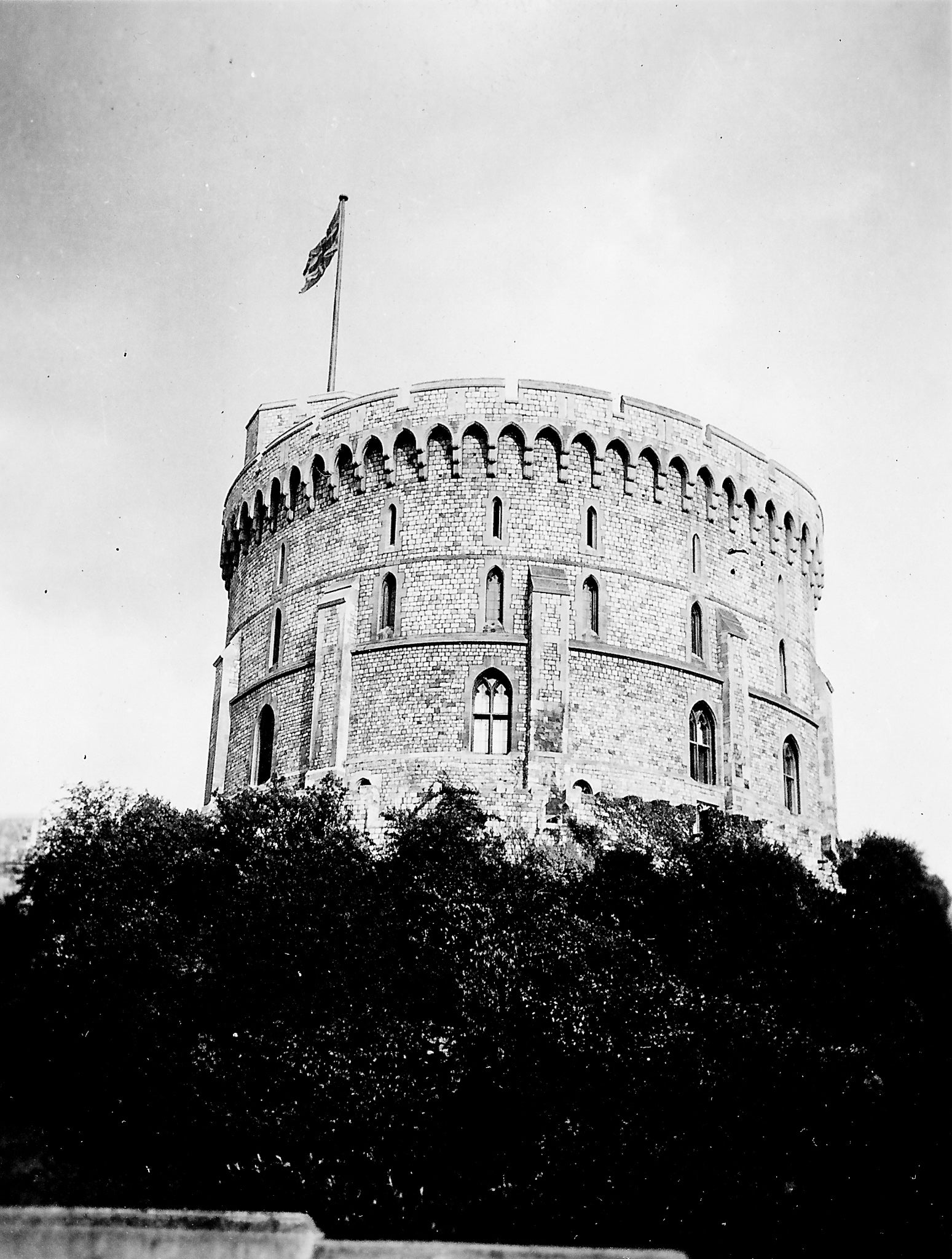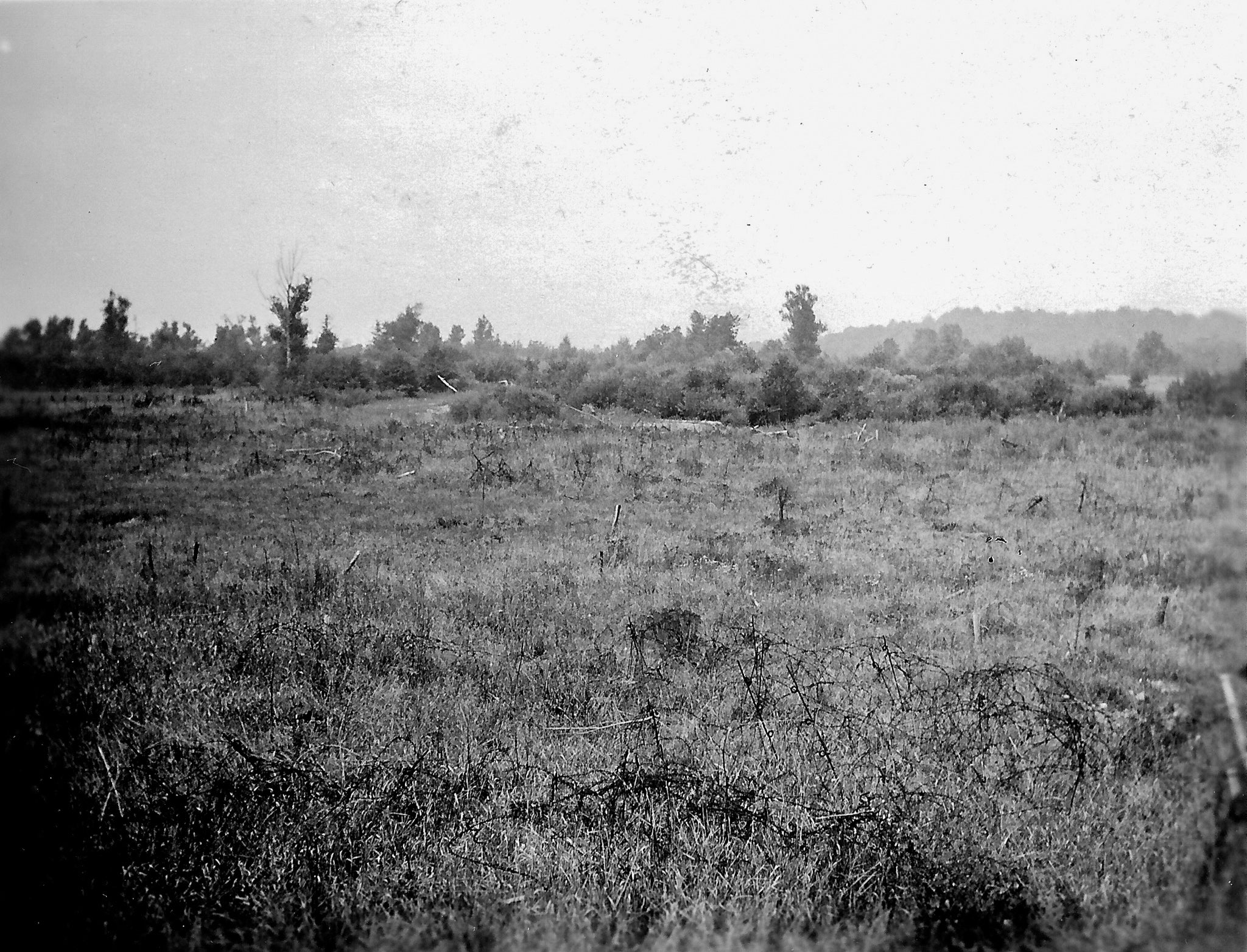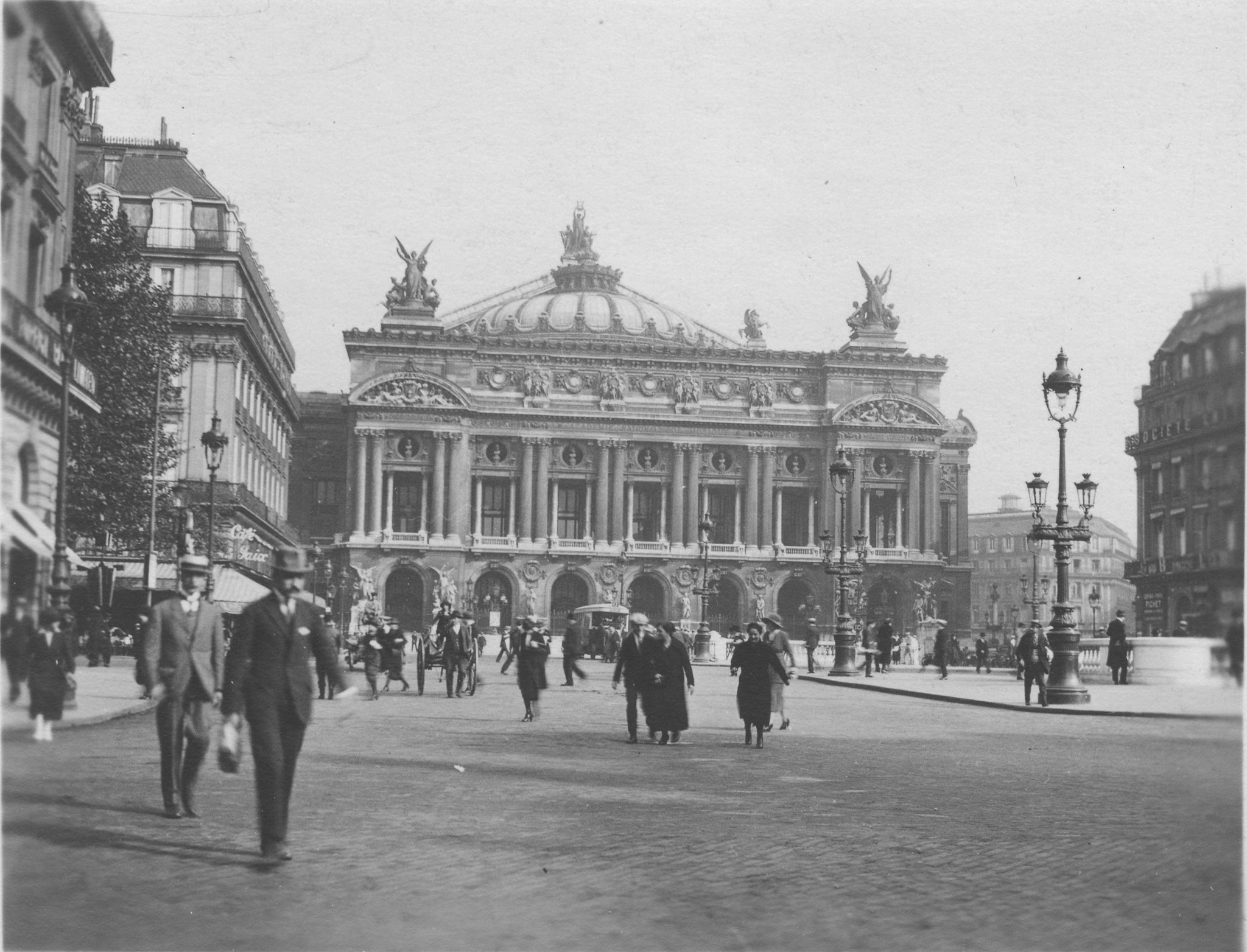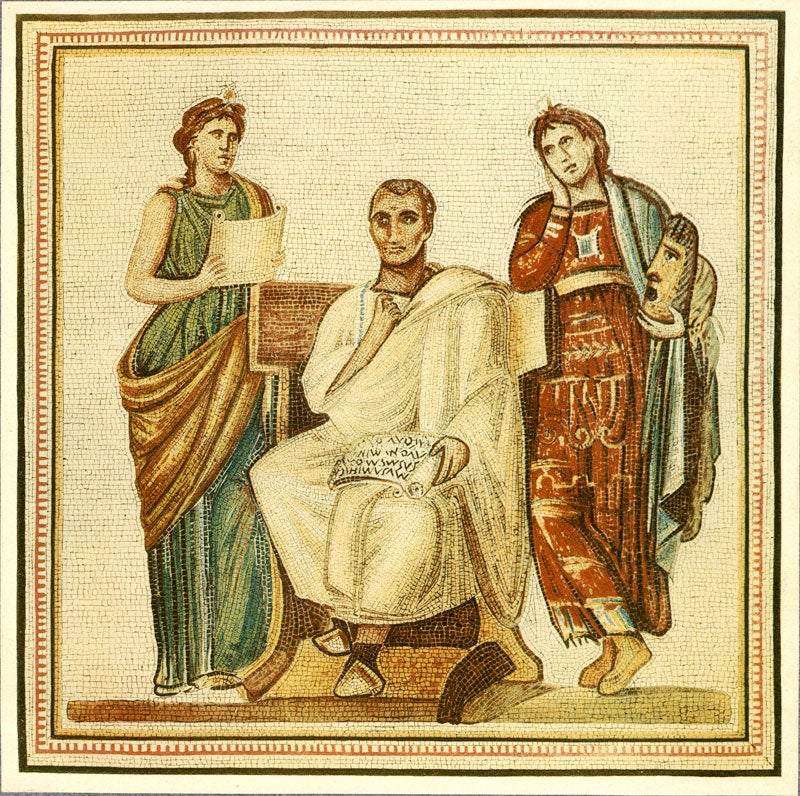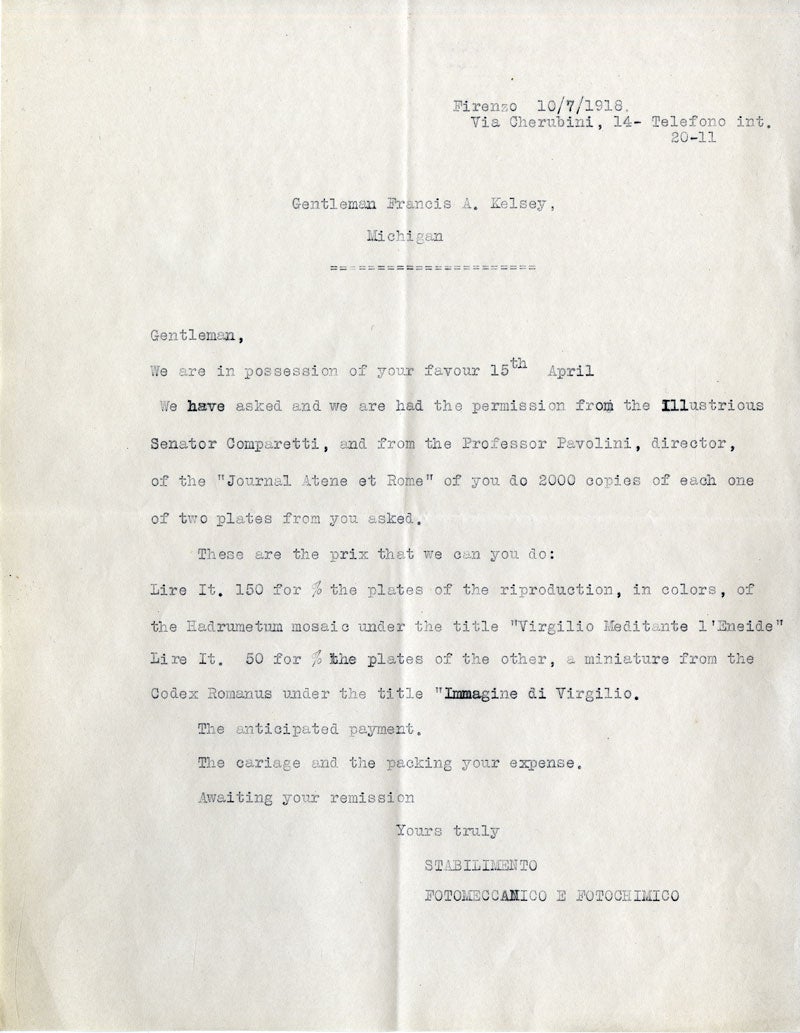From the Archives #66
By Sebastián Encina, Collections Manager
A lot of wonderful events take place in the month of May. The University of Michigan often holds its commencement ceremony toward the beginning of the month. The peony gardens at Nichols Arboretum are ready to bloom. The weather warms up, and Ann Arborites are going outside to enjoy the sun and warmth. Families gather at parks, people start floating down the cascades of the Huron River.
May is also the month we get to celebrate the birthday of our museum’s namesake, Francis Willey Kelsey. Francis Kelsey was born in Ogden, New York, on 23 May 1858. Francis studied at the University of Rochester, where he received his BA in 1880. Rochester also awarded him a PhD in 1886, and an honorary LLD in 1910. Professor Kelsey taught at Lake Forest University from 1880 to 1889, when he was hired at the University of Michigan. Kelsey would remain here until his death in 1927, coincidentally also in May (14 May 1927)
For this month’s “From the Archives,” we celebrate Francis Kelsey with a selection of photographs during his time at Michigan. The photographs are primarily from Europe and Southwest Asia and North Africa. For more on Francis Kelsey, we encourage our readers to read John Pedley’s fantastic book, The Life and Work of Francis Willey Kelsey: Archaeology, Antiquity, and the Arts (2011). Professor Pedley scoured the Archives to find details about Kelsey’s life that informed his choices as a scholar and professor.
Professor Kelsey was a pioneer in his field and a highly respected scholar. His presence at the University of Michigan is still felt 163 years after his birth. How he changed campus is felt outside of the Kelsey Museum and Classics Department, as he had served as president of the University Musical Society as well. During his tenure, he collaborated with Albert Kahn to build Hill Auditorium. His frequent communication with University presidents showed the level of influence he had on campus.
Many readers know him best through his involvement in archaeological projects. As a young scholar, he worked with German archaeologist August Mau to publish on Pompeii. He visited Carthage, where in 1893 he purchased the first artifact that would become the collection of the Kelsey Museum. Through his efforts, funds were raised for the excavations at Karanis, Carthage, and Pisidian Antioch. Karanis, as many know, went on to be the most important of these projects, and a significant portion of the Kelsey’s collection is derived from this site.
To celebrate the life of Kelsey, we share here several photographs from the archives. Image 5.7963 is an official portrait of Kelsey, taken in Ann Arbor. We also see him throughout the Old World, as he rides a donkey in Palestine (KS111.01), in the company of his wife and son. In KS094.04 and KS071.06 Kelsey is speaking with locals at Baalbek and in Turkey, respectively. We see him throughout Turkey in KS066.07, KS056.08, and KR098.08, where he was involved with relief efforts and orphanages. Kelsey and his wife are captured in York where they pose on the old city wall (KS010.02) and among tourists in Edinburgh (KS008.02). While in Egypt, Kelsey was in search of a location for future excavations (he found three: Karanis, Dimé, and Terenouthis). In KK061, we see Kelsey touring Theadelphia, Egypt. Finally, we return to Carthage in 1925, where Kelsey worked with Père Delattre on the excavations of the site (7.2055).
The University and Kelsey Museum specifically owe a great deal to Francis Kelsey. His presence in Ann Arbor had lasting effects on campus. His work is still being studied today. Thanks to Kelsey, there are several lifetimes worth of material to study and research. All of that is then shared with the student body, which was one of his goals. Happy birthday, Francis W. Kelsey. Thank you for all your efforts and work.









1919.


From the Archives #66 Read More »

